The bullet train has long been a favourite among Japan travellers, and is one of the most convenient ways to explore the country, at a fast pace. The new extensions of the Hokuriku Shinkansen, forecast to begin service in March 2024, open up even more opportunities to explore Japan’s New Golden Route.
To make things even easier, the Hokuriku Arch Pass allows unlimited travel for seven consecutive days on the Hokuriku Shinkansen and all other JR trains operating along the New Golden Route.
The route starts from Tokyo and covers major stops in Nagano, Toyama, Kanazawa, Fukui, and Kyoto, before ending in Osaka. Here we’ll be focussing on some great spots for outdoor activities in Tokyo, as well as Gunma, Niigata, Toyama, Nagano, Gifu, Ishikawa, Fukui, Shiga, and Kyoto prefectures.
- Tokyo: Explore the City’s Famous Spots With the Tokyo Great Cycling Tour
- Gunma Prefecture: Get Wet and Wild with Canyons Minakami
- Niigata Prefecture: Learn about Satoyama Life and See Terraced Rice Paddies
- Toyama Prefecture: Continue your Canyoning Obsession at Kurobe River
- Toyama Prefecture: Explore the Mountains Without Any Hiking
- Gifu Prefecture: Ride the Rail on a Bike
- Nagano Prefecture: Cycle in the Crisp Cool Air of Azumino
- Ishikawa Prefecture: Learn to Cook Like a Local at In Kanazawa House
- Fukui Prefecture: Explore Castles, History, and Culture on Two Wheels
- Shiga Prefecture: Cycling around Biwako, Japan’s Largest Lake
- Kyoto Prefecture: Oeyama Oni Trail
- How to Get Around
Tokyo: Explore the City’s Famous Spots With the Tokyo Great Cycling Tour
Before you head off to explore the lands of Hokuriku, you’ll probably want to spend a day or two in the buzzing metropolis of Tokyo. But there are so many places to explore in Tokyo that it can be quite overwhelming even knowing where to start. On the Tokyo Great Cycling Tour, you can tick off the major spots on your Tokyo checklist, while also getting a glimpse of daily life in Japan’s capital city.
Cycling tours are a particularly interesting way to see the city – instead of hopping from place to place on crowded trains, you can learn about spots you might never have found in your tourist guidebook. Tokyo Great Cycling Tours range in theme, offering historic, modern, and cultural-based routes. They also range in length and level, from shorter trips for families and beginner cyclists to full-day tours for a bit of a workout alongside your sightseeing.
The friendly guides cycle along with you, pointing out different spots as you go along. While the Imperial Palace might be your main target before you start out, you might find that by the end of it, it’s the old streets of Ningyocho that stick with you the most.
Gunma Prefecture: Get Wet and Wild with Canyons Minakami
Moving out of the city, it’s time to get your heart pumping by canyoning in Gunma. Canyoning is an adrenaline-rush activity that has you floating down canyon rivers, sliding down waterfalls, and jumping into sparkling blue waters.
Canyons Minakami started in 1998 when CEO and founder Michael Harris, who had studied canyoning all over the world, brought those techniques to Japan’s Gunma Prefecture.
Canyons offers six levels of difficulty, with levels one to three being half-days for beginners, while levels four and up require hiking to the start point and steadily increase in physical intensity.
For example, their Fox Canyon tour at level two gives you the chance to slide down a waterfall, abseil, jump from several feet into the water, and learn a few techniques to enter the water.
Afterwards, you can return back to the facility for what’s known as “après-canyon” – a few drinks at the on-site bar with fellow travellers. Then you can stay overnight in their guesthouse or glampsite, because trust us, you’ll be tired out!
Niigata Prefecture: Learn about Satoyama Life and See Terraced Rice Paddies
While Japan’s terraced rice paddies are often on tourists’ bucket lists for their impressive beauty, the Tokamachi Tanada Trek gives you more than just the opportunity for a pretty picture. The aim of this trek is to show people the importance of satoyama and how people live (or once lived) with them.
Satoyama are the natural areas between the mountains and the village, which were once maintained by farmers and foresters. But maintenance has since declined, negatively impacting local biodiversity and wildlife in these sensitive areas. The Tokamachi Tanada Trek hopes to reignite interest in satoyama through education.
On the trek you might learn about how the tunnels were made, what fruit and nuts can be foraged, and how people would make a living during the harsh winters. Depending on the season, you may even be able to forage for yourself – with the help of expert guides, of course! The trek takes around four hours, including a break for a seasonal snack and tea with a stunning view. During our October trek, we enjoyed caramelized local wild nuts, and a light tea boiled on the spot using Lindera leaf.
Here are some things to keep in mind before going on the tour:
- Bring sun cream
- Wear long-sleeved, light clothing to avoid bug bites
- Wear appropriate trekking or hiking shoes
- Bring water or a big bottle to fill with spring water at the start of the trek
Toyama Prefecture: Continue your Canyoning Obsession at Kurobe River
Whether or not Gunma gave you a taste for canyoning, Toyama is another great spot to let off some steam.
Here, the canyoning tours are run by J-Wet Adventures, with varying degrees of difficulty and excitement throughout the Kurobe River area. While many travellers know the Kurobe River for its scenic landmarks, you will find that it’s infinitely more rewarding to get actively involved with the landscape rather than simply photographing it!
The entire time, you will be surrounded by beautiful scenery while bobbing through clear waters and sliding down waterfalls. Just make sure to go between the middle of May and October, because canyoning can’t run in the snow!
Toyama Prefecture: Explore the Mountains Without Any Hiking
The Tateyama Kurobe Alpine Route is part of a beautiful mountain range known as the Japanese Alps. It’s known for dramatic natural sights, such as Mikurigaike Pond and its intense snowfall. Ordinarily, sights like these would be almost impossible to see without serious hiking skills and days of travel. But years of careful development have resulted in the range being entirely traversable by various modes of transport.
Starting from Tateyama Station, you can take a short cable car ride, followed by a 50-minute ride on the Highland Bus to reach Murodo. Just a short walk from the bus terminal is the stunning Mikurigaike Pond.
Although the pond appears to be far from any kind of civilisation, it is actually surrounded by a well-maintained cobblestone path. The path branches off in different directions if you feel like exploring. One direction leads you to the jigokudani (“Hell Valley”) hot springs, another to the historic Murodo Hut. You can do as much or as little walking as you like. You may even spot the area’s wildlife celebrities: the rare grouse-like Raicho (rock ptarmigan) or the furry, weasel-like Japanese stoat.
From there, you can explore the rest of the Alpine Route using the trolley bus, ropeway, and other connecting modes of transportation. They go all the way to Kurobe Dam, and even further to make your way across the Alps to Nagano. The rest of the spots along the way involve observation decks, beautiful views, and optional stair-climbing, but no hiking required.
Gifu Prefecture: Ride the Rail on a Bike
The Kamioka Railway opened in 1984, but eventually closed down in 2006. During that time, it had become such a beloved symbol of the area, that residents brainstormed ideas to save it. That’s when the idea to cycle along its tracks was devised, leading to Gattan Go!! opening the rails to visitors once again in 2007.
To explore the railway, there are two courses: the Town Course and the Canyon Course. The shorter Town Course is geared towards beginners and families, while the longer Canyon Course is more suited to adults used to cycling.
You can choose from different cycling options depending on your group, with the simplest being two bikes side by side, and the bigger group option being a motorbike-drawn cart.
The Town Course is a beautiful mix of street scenes and mountain views, with a few spooky tunnels along the way. It feels as though you’re in an adventure movie heading along the old tracks to a secret location.
Nagano Prefecture: Cycle in the Crisp Cool Air of Azumino
Azumino is a small mountainside town known for its local wasabi and beautiful scenery. There are also plenty of interesting shrines, temples, and small museums and shops to keep you busy. The tourist information centre and the bicycle rental shop are just a few steps from Hotata Station. The friendly staff will help you pick your route.
There are three different recommended cycling routes. Or, you can choose the spots you find most interesting to customize your own route. Some of our suggestions are:
- Hotaka Shrine
- Tokoji Temple
- Hotaka River
- Daio Wasabi Farm
- Seseragi Path
- Azumino no Sato
Visit the Elderly Couple statue at Hotaka Shrine to pray for long life and happy marriages, and spot giant red geta sandals at Tokoji Temple!
Another must-visit in the area is Daio Wasabi Farm. The 15-hectare farm, the largest in Japan, is free to enter, and has raised walkways, bridges, and scenic rest spots. This makes it a beautiful location for a peaceful walk to learn a bit about wasabi in action. While you will see various wasabi-flavoured items around Azumino, this is a great place to taste wasabi ice cream.
Ishikawa Prefecture: Learn to Cook Like a Local at In Kanazawa House
Located right on the Sea of Japan, Ishikawa Prefecture is known for its amazing seafood and fish markets. By participating in one of the food experiences offered by In Kanazawa House, you can gain a deeper understanding of the local food and its cultural context.
In Kanazawa, one of the best options is their Omicho Market & Cooking Class experience. Tour guide Naoko Taniguchi, born and raised in Kanazawa, works with an English interpreter to help you get the most out of the experience.
The tour takes you through the famous Omicho Market, where chefs and restauranteurs buy their fish and produce. Taniguchi’s expertise means she knows the best places to show you how to pick the perfect ingredients for the cooking class afterwards.
After picking up all the ingredients, you and your group learn to make a variety of seasonal dishes. You’ll also learn about their history and culture along the way. Once you’re done, there’s nothing left to do but taste your creations! To complete the experience, Taniguchi also provides extra dishes to show you some more Kanazawa classics.
Fukui Prefecture: Explore Castles, History, and Culture on Two Wheels
Make no mistake, this cycling route is not for the faint of heart. The Heisenji, Eiheiji, Ichijodani Cycling Route is an ambitious route spanning 67 kilometers and 12 spots. Of course, you could just visit a few of the spots and stop there. But if you’re an avid cycler, there’s a certain thrill in taking on the challenge to spice up your sightseeing.
The entire route takes at least 5 hours and 40 minutes. But with sightseeing stops and breaks along the way, it’s a good idea to allow for longer.
As the area was once home to samurai, a reconstructed castle, as well as various castle ruins remain to explore along the route. You’ll also find quaint castle towns, museums, temples, and even dinosaur bones at the prefectural museum.
Sightseeing along the route gives you a great excuse to take plenty of breaks in between your cycling. But there are also a variety of restaurants, onsen baths, and accommodations, too. Be sure to get a taste of local flavours such as oroshi soba noodles, goma dofu (sesame tofu), and soy katsudon (deep-fried cutlet)!
Shiga Prefecture: Cycling around Biwako, Japan’s Largest Lake
Lake Biwa is Japan’s largest lake, and surrounding that lake is the Biwaichi cycling route. The entire route is about 200km in length. Although advanced cyclists may be able to finish it in a day, it is best to do the route over multiple days to properly explore. Otherwise, you can try out just one part of the route.
In addition to the “Biwaichi” route around the lake, there are plenty of side routes leading to other tourist attractions and scenic spots. This handy map shows a few of the options, broken down into degrees of experience. From the Shigaraki Kiln Walk to the Kannonji Temple, there are plenty of cultural and historical places to visit. There is also a wide variety of places to eat local cuisine or take a rest to enjoy the view.
The best time to visit the route is during spring or autumn, when the temperatures and weather are the least extreme. You should also aim to start your journey as early in the day as possible, to avoid poor visibility and the risk of getting lost when night falls.
Kyoto Prefecture: Oeyama Oni Trail
Oni in Japanese means “demon” or “ogre”. So it makes sense that the Oeyama Oni Trail follows ancient oni legends on its 100-kilometer-long route.
Despite its name, however, the trail is far from monstrous, especially on a sunny autumn day. This course includes historical roads, such as the 1,300-year-old former Motofukodo, and the Miyazu Kaido, which was developed in the Edo period for everyday use until the mid-Showa period. Along the way, you can also visit spots related to the legend of the ogre of Mt. Oeyama. If you’re visiting on an autumn morning, you may even be lucky enough to catch the natural phenomenon of unkai (“sea of clouds”) near Onitake Inari Shrine.
If you are looking more for the oni side of things, though, there’s plenty of that, too! You may have even noticed that the word is a part of Onitake Inari Shrine. This is because it is said to have been built by the son of a demon-spider-slayer. Elsewhere along the routes you might find other oni references. One of these is the giant rock called Raiko no Koshikake Iwa, with its oni footprints. Off the course, the Japan Oni Cultural Museum will expand your understanding of the world of oni.
Be sure to check out our other articles about adventurous travel destinations with the Hokuriku Arch Pass:
Japan’s “New Golden Route” Transforms to “Rainbow Route” with a New Addition in Spring 2024
Adventure Travel Destinations Await Using the Discount Hokuriku Arch Pass
*As of January 2024, route maintenance on the Oni trail is still not completed, but guided tours are available.
How to Get Around
All locations listed in this article can be reached by JR trains covered by the Hokuriku Arch Pass with an occasional transfer to other trains or bus lines. All are easily accessible from major bullet train stations. The Hokuriku Arch Pass covers travel from Narita Airport, Haneda Airport and Kansai International Airport to most of the areas listed above and more for a period of seven consecutive days.
These are just a few of the interesting and lesser-known spots you can visit on Japan’s New Golden Route, so put on your hiking boots and don’t forget your bug spray, because there’s plenty more to explore!
Sponsored by Tokyo, Gunma Prefecture, Niigata Prefecture, Nagano Prefecture, Toyama Prefecture, Gifu Prefecture, Ishikawa Prefecture, Fukui Prefecture, Shiga Prefecture, Kyoto, JR EAST, JR WEST
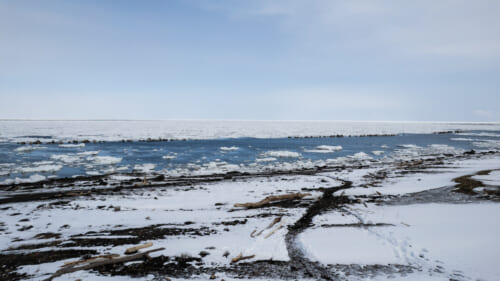
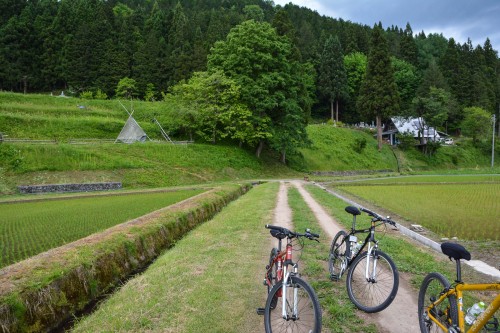
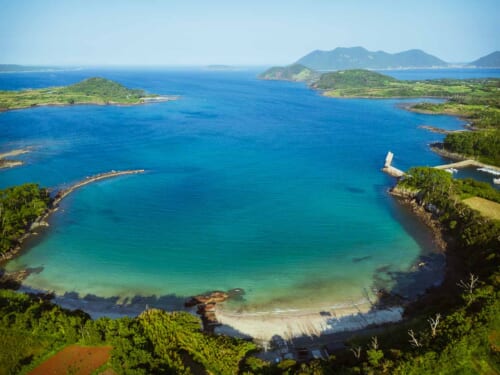
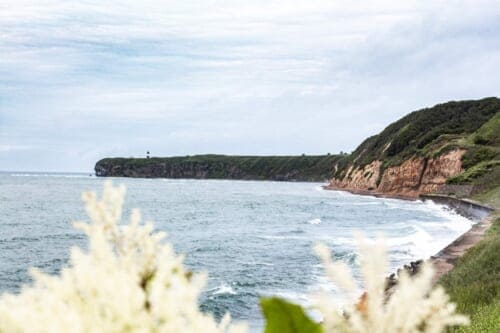

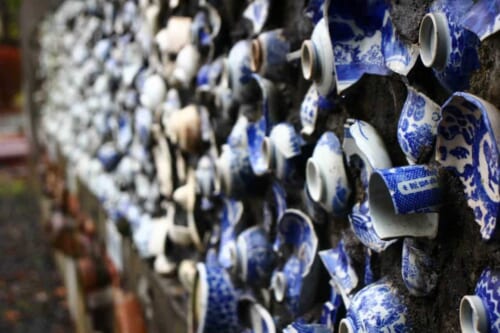
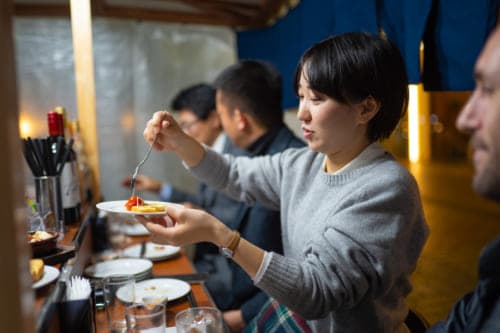
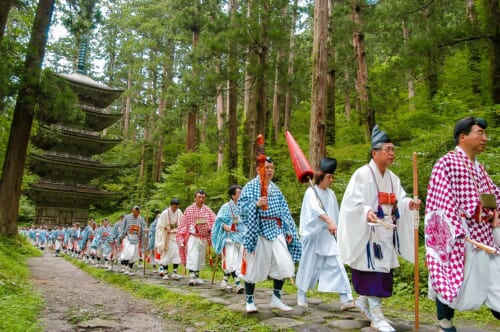
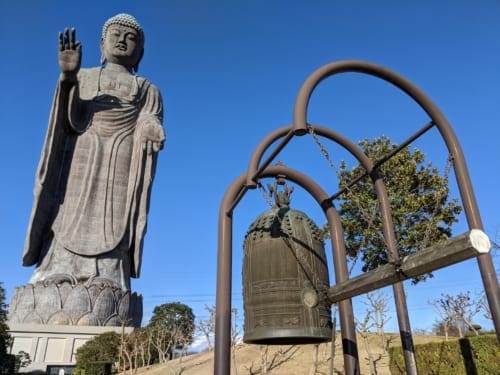
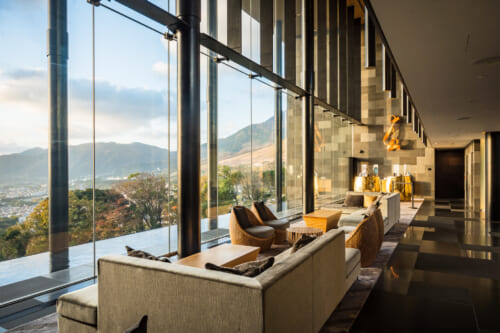


No Comments yet!